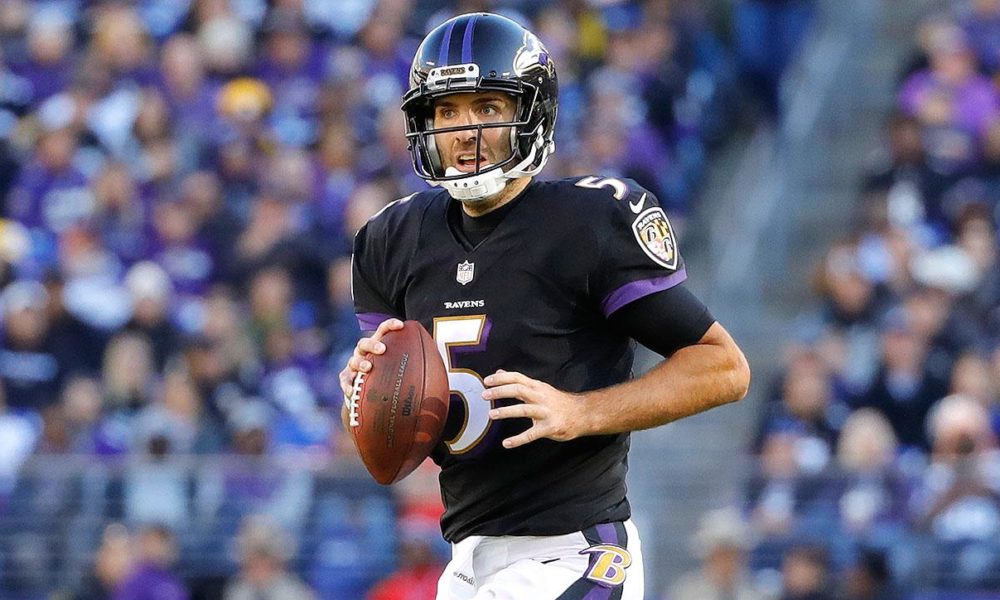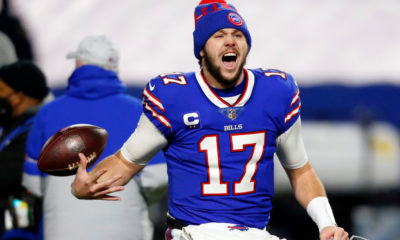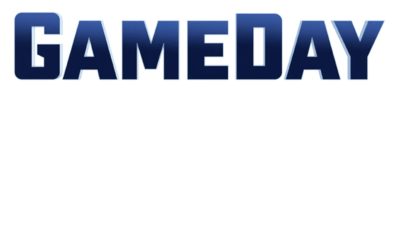
And just like that, it’s over.
Well, in a few weeks, anyway.
As expected from the moment he was benched at midseason, the Baltimore Ravens have agreed to trade longtime starting quarterback Joe Flacco to the Denver Broncos in exchange for a fourth round pick in the 2019 NFL draft. The trade becomes effective March 13. While the Broncos weren’t necessarily seen as a front-runner for Flacco’s services, their recent struggles dictated a need to do something at the quarterback position, rather than suffer through another year of profound mediocrity as middling, forgettable backup-level signal callers struggle to lock down a roster spot.
Well, guess what, Broncos fans…you’re probably not going to like this, although most of you seem aware…
Joe Flacco’s not going to be much help with that.
To be perfectly cliche, I come not to bury Flacco, but to praise him. Since the trade was announced, most Baltimore-based sports sites and a number of national publications have recounted Flacco’s various successes over the years. His “historic” Super Bowl run in 2012 aside, Flacco provided positional stability and a degree of professionalism during his nine years in Baltimore. He gave a perennially-quarterback-confused franchise some direction and allowed them (at least prior to his salary-cap-shattering new contract in 2013) to invest in other roster areas. His winning percentage of 69% is excellent, and his overall stats don’t read as inferior at all, but as critics seem to point out in Flacco’s case more than most, he had plenty of help compiling those numbers. Not a classic leader (and certainly not a vocal one), Flacco nonetheless exhibited a degree of maturity and presence in his unabashed boring-ness, which, in the wake of routine public tantrums, meltdowns and salary demands by NFL players on social media, might actually be missed.
What won’t be missed is the player Joe Flacco had become.
Flacco’s real decline began after his first significant injury in 2015, forcing him to sit out the rest of the season and requiring him to attempt to play while still rehabbing in 2016, as no other viable starters stepped forward in Flacco’s absence. His winning percentage since the injury is exactly .500, which is further borne out by watching him play, which unflinchingly displays his maddening tendency to induce sacks by holding the ball too long, his throwing off his back foot roughly half the time, and his complete apathy to rally the team during crucial fourth quarter stretches, the latter having happened repeatedly during the last three years. Flacco’s underwhelming lethargy was seemingly infecting the rest of the roster in a sport where intensity and energy is rightly valued. Needless to say, neither of the latter terms could ever be applied to Joe Flacco, which was perhaps his biggest flaw.
Flacco’s stoic demeanor may have ultimately been what led to his replacement by then-rookie quarterback Lamar Jackson, who brings an entirely different set of questions to the position. Jackson, as anyone that’s witnessed him play can attest, is almost anti-Flacco in his energy level and unpredictable play, often moving too quickly for his offensive line to react. This is truly “moving in a new direction”, as the saying goes, and it remains to be seen whether Jackson’s tangible speed and lacking accuracy can ultimately replace Flacco’s muddy consistency, but after three years of slogging along hoping for Flacco’s resurgence, the Ravens opted to gamble on Jackson’s considerable skills instead, and few can blame them after the change resulted in a division title and subsequent playoff berth.
The argument for Flacco’s stats bolstering his claim as one of the top 10 quarterbacks in the NFL is compelling, because the numbers are there…sort of. A career 61% completion rate with a 2:1 TD/INT ratio over nine years would be considered acceptable almost anywhere in the NFL, but in recent years, Flacco seemed to be accumulating numbers that were ultimately inconsequential – think garbage-time stats and failed rallies – because his numbers didn’t translate into many wins…or many losses. Fans seem to be warming to the idea that career numbers and statistics do not indicate on-field success, and Flacco’s case certainly appears to support that theory.
And now, Joe’s declining. His arm, once considered among the strongest in the NFL, simply doesn’t perform as it used to. Flacco routinely underthrows deep routes he used to complete with ease. Receivers have spent the better part of the last three years coming back to the ball on routes of all levels, and that’s all been in an effort to shake coverage for Flacco and limit his throwing distance. His footwork, always poor but manageable, has degraded enough that simple handoffs appear challenging at times. His aforementioned back foot and energy issues have become more pronounced, and his once-sterling injury history has become problematic, with Flacco reporting various back and neck problems in 2017 and 2018. He’s simply not a candidate to get better. That’s what the Broncos are getting.
Although I’ve lambasted Flacco in this space more than once, there’s real gratitude here. Flacco, for all of his warts, usually outperformed two-thirds of the league while starting for Baltimore, and while that may be an indictment of quarterback play in general, he delivered what Baltimore fans needed most – consistency. It may have been boring, nondescript (and ultimately expensive) consistency, but there’s a litany of other “can’t-miss” quarterbacks that would sacrifice everything to accomplish what Flacco has.
I wish the guy well, but I fear, with justification, his best football days are long behind him. There’s just not much left to say except…
Thanks. And so long, Joe.


















Facebook
Twitter
RSS